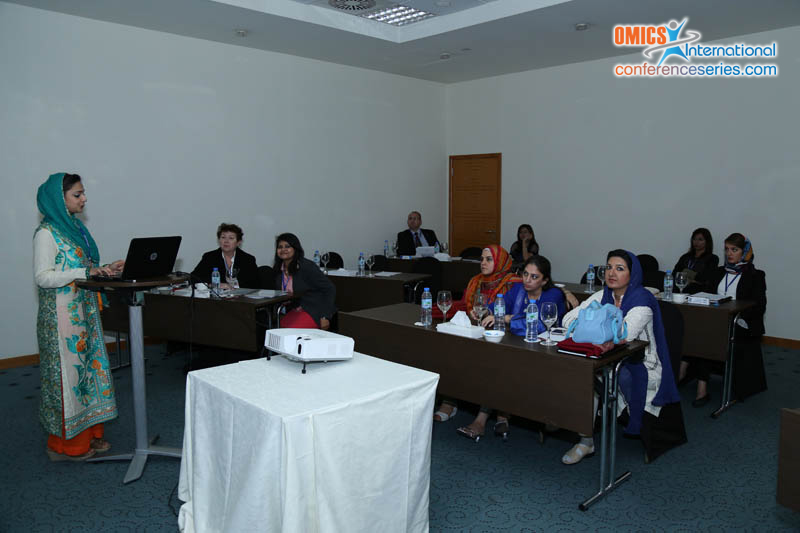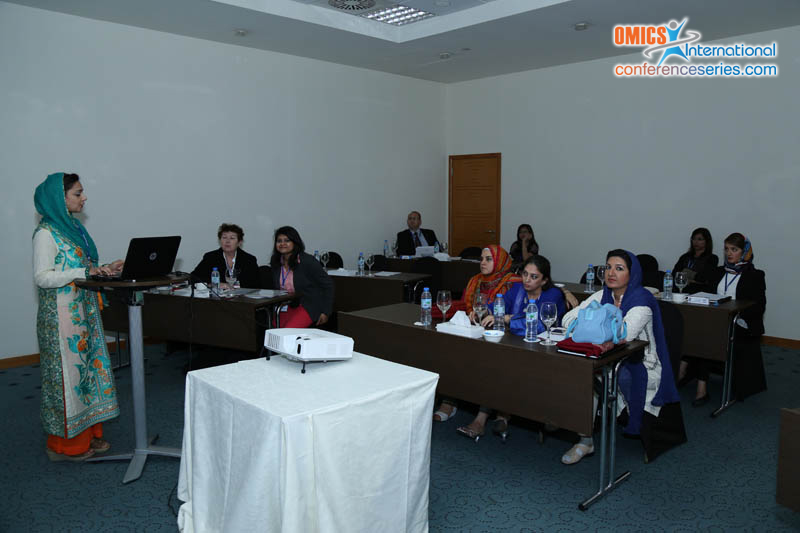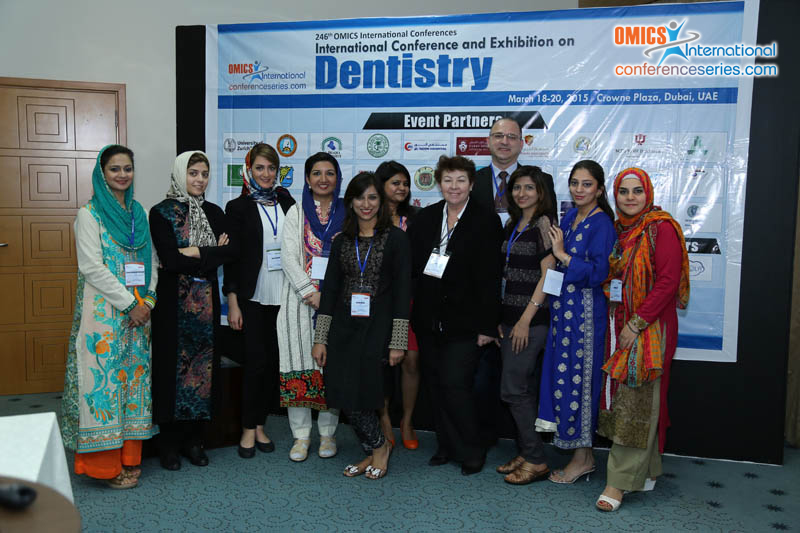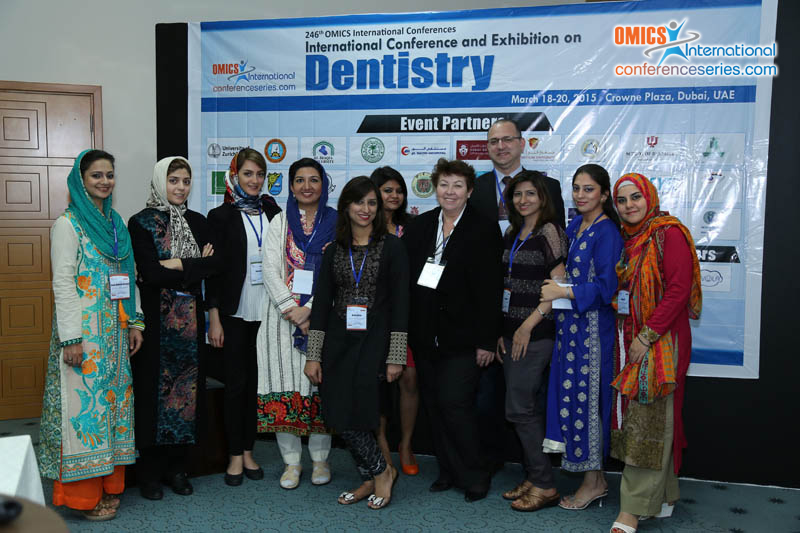Nita Kumari Bhateja
Aga Khan University Hospital, Pakistan
Title: Overjet as a predictor of vertical facial morphology in orthodontic patients with class II division 1 malocclusion
Biography
Biography: Nita Kumari Bhateja
Abstract
This research aims to evaluate the vertical facial morphology in untreated orthodontic patients with Class II division 1 malocclusion. The sample comprised of 113 patients (61 females and 52 males) between 8 and 13 years of age, having Class II malocclusion with overjet of >4 mm, no prior history of orthodontic treatment, no craniofacial anomalies and no missing first permanent molars. Skeletal parameters were assessed by using pretreatment lateral cephalograms of these patients. Overjet was measured on the study casts taken from each subject using digital vernier caliper. Descriptive statistics were calculated for age and different vertical facial cephalometric angles. Pearson’s correlation was used to correlate various parameters. One-way ANOVA was used for comparison of means of vertical facial cephalometric angles among three overjet groups (Group-I = 5-7 mm, Group-II = 8-10 mm, Group-III = >10 mm). The means of all the vertical facial cephalometric parameters were in the normal range representing average facial pattern in patients with Class II division 1 malocclusion, except Jaraback ratio which indicated tendency towards long facial pattern. No statistically significant correlation was found between overjet and the parameters of vertical facial morphology. Frankfort mandibular plane angle was found to have moderately significant positive correlation with Steiner’s mandibular plane angle (0.789**) and Y-axis (0.604**). Patients with Class II division 1 malocclusion have an average vertical growth pattern. Overjet value is not a predictor of vertical facial morphology. There is no significant correlation between overjet and parameters used to assess vertical facial morphology




